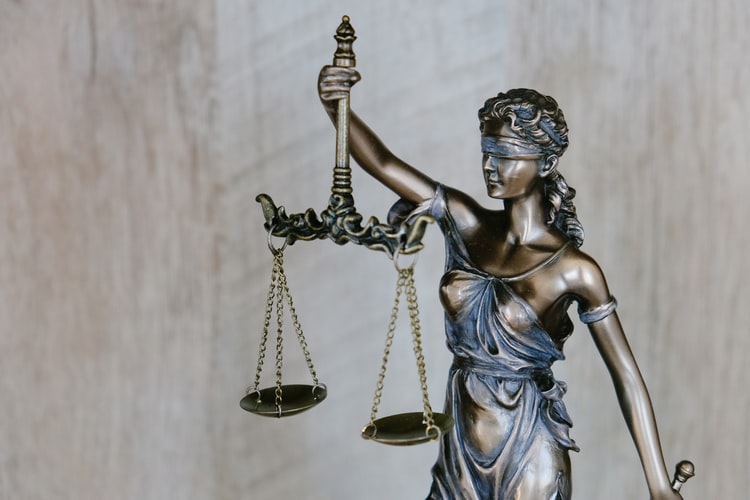Now Reading: Identifying the Age of Dry Blood Stain Using Different Techniques
-
01
Identifying the Age of Dry Blood Stain Using Different Techniques
Identifying the Age of Dry Blood Stain Using Different Techniques
Blood is the vital evidence which is one of the most important biological evidence found at the crime scenes and helps to reconstruct the events of the crime scene. It is the most commonly encountered evidence of violent crime scenes [1]. The primary objective while dealing with the blood evidence is to identify whether it is blood or not [2]. Preliminary tests like the Bezidine test, Kastle Mayer test are used to identify the presence of blood on the crime scene [3]. Blood can be used in DNA authentication to identify the suspect’s identity and pattern gives knowledge about the direction, angle of spattering to reconstruct the crime scene. Blood can be found in different conditions at the scene of the crime like a pool of blood, bloodstain pattern, and blood-contaminated in hairs or fingerprint contaminants with blood sometimes investigators also encounter the dried bloodstain. These dried blood stains have a significant role to identify the age of bloodstain which may help the forensic expert to identify the relative time of the crime was happened [4]. When the blood exposed to the external environment it starts to dry depends upon the volume, size, and other external factors. The drying of bloodstain begins from the periphery then continues towards the center [5].
Identification of Age of Dried blood stain
There are many conventional methods to determine the age of dried blood stains:-
Aging of blood can be identifying on the basis color changes of blood due to oxidation of hemoglobin also called as hemoglobin kinetics. As fresh blood is red in color due to the present high level of oxyhemoglobin and after sometimes when oxyhemoglobin oxidizes into methemoglobin blood changes to dark red to bluish color and finally oxyhemoglobin changes to hemichrome results in dark brown color.
Reflectance Spectroscopy:- This involves the study on three derivatives of hemoglobin that is oxyhemoglobin, methemoglobin, and hemichrome using reflectance spectroscopy shows a distinctive time behavior among three derivatives.[6]
Electron Paramagnetic Resonance Spectroscopy:- The study involves the spinning of unpaired ferric ions for estimating the age of bloodstain. [7]
Rate of Solubility also give significant importance to determine the age of bloodstain as the fresh bloodstain has a high solubility in water and gradually decreases as the bloodstain ages. [8]
High-Performance Liquid Chromatography:- Blood is composed of various proteins, cellular components, amino acids suspended in water called plasma. In this technique first, all the proteins are extracted from the red blood cells and then quantify the degradation products of heme which helps in the age estimation of a bloodstain. [9]
Oxygen electrodes:- In this technique, the amount of oxyhemoglobin is identified; the dried blood stain first dissolved in saline solution and then measured by using a polarographic oxygen analyzer.[10]
RNA Analysis:- RNA is present in white blood cells. RNA degradation analysis can be used to determine the age of bloodstain by using real-time PCR techniques.[11]
The aim of the study is, to sum up, all the techniques, methods described by the different scientist for the determination of the age of bloodstains and also covers the recent researches and challenges that affect the result
References
1. Finnis, Jonathan, Jennie Lewis, and Andrew Davidson. “Comparison of methods for visualizing blood on dark surfaces.” Science & Justice 53.2 (2013): 178-186.
2. Li, Bo, et al. “The application of visible wavelength reflectance hyperspectral imaging for the detection and identification of blood stains.” Science & justice 54.6 (2014): 432-438.
3. Cadd, Samuel, et al. “Age determination of blood-stained fingerprints using visible wavelength reflectance hyperspectral imaging.” Journal of Imaging 4.12 (2018): 141.
4. Edelman, Gerda, Ton G. Van Leeuwen, and Maurice CG Aalders. “Hyperspectral imaging for the age estimation of blood stains at the crime scene.” Forensic science international 223.1-3 (2012): 72-77.
5. Inoue, Hiroyuki, et al. “A new marker for estimation of bloodstain age by high performance liquid chromatography.” Forensic science international 57.1 (1992): 17-27.
6. Bremmer, Rolf H., et al. “Age estimation of blood stains by hemoglobin derivative determination using reflectance spectroscopy.” Forensic science international 206.1-3 (2011): 166-171.
7. Fujita, Yoshihiko, et al. “Estimation of the age of human bloodstains by electron paramagnetic resonance spectroscopy: Long-term controlled experiment on the effects of environmental factors.” Forensic science international 152.1 (2005): 39-43.
8. Schwarzacher,(Dr.). “Determination of the age of bloodstains.” Am. J. Police Sci. 1 (1930): 374.
9. Andrasko, Jan. “The estimation of age of bloodstains by HPLC analysis.” Journal of Forensic Science 42.4 (1997): 601-607.
10. Matsuoka, Toshiyasu, Tadao Taguchi, and Jun Okuda. “Estimation of bloodstain age by rapid determinations of oxyhemoglobin by use of oxygen electrode and total hemoglobin.” Biological and Pharmaceutical Bulletin 18.8 (1995): 1031-1035.
Bauer, Martin, Silke Polzin, and Dieter Patzelt. “Quantification of RNA degradation by semi-quantitative duplex and competitive RT-PCR: a possible indicator of the age of bloodstains?.” Forensic science international 138.1-3 (2003): 94-103.
Author:
Chanchal Gokhale
Intern at Dept. of Forensic Science & Criminal Investigation, Legal Desire Media & Insights










